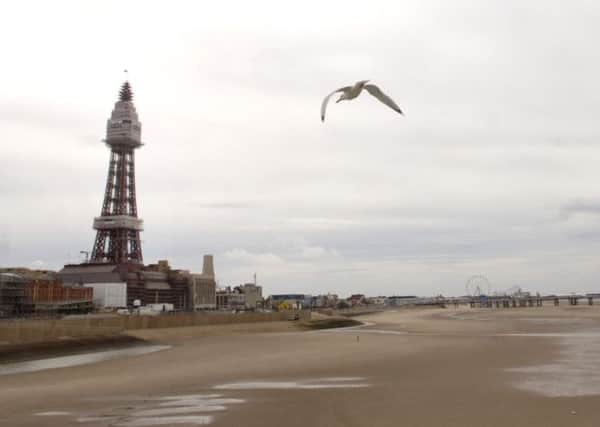Coastal living ‘is cheaper’


On average, property prices in seaside towns have grown by 42 per cent in the last 10 years to reach £196,826, according to Halifax.
But the typical price tag on a seaside home is still over £42,000 cheaper than the average house price across Britain, at £239,518.
Advertisement
Hide AdAdvertisement
Hide AdPeople looking to snap up a coastal bargain might want to head to Newbiggin-by-the Sea in Northumberland, which was found to be the least expensive seaside town out of the 196 looked at across Britain. The average house price there is £83,760.
Someone could buy seven houses in Newbiggin for the price of one in Salcombe in Devon, which was found to be the most expensive coastal town, with average house prices at £615,344.
Five seaside towns in Scotland have recorded at least a doubling in house prices since 2004, with all five towns on the Aberdeenshire coast.
Fraserburgh has experienced the biggest rise, with a 141 per cent increase from an average price of £53,641 10 years ago to £129,325 in 2014. Cove Bay, Peterhead, Inverbervie and Stonehaven have seen the next biggest gains.
Advertisement
Hide AdAdvertisement
Hide AdSouth of the border, Aldeburgh on the Suffolk coast has seen the best house performance among seaside towns, with average property values almost doubling in the decade to £446,576 in 2014.
Other English seaside towns in the top 10 for average price increases are Wadebridge in north Cornwall and Workington in Cumbria, which have both seen a 91 per cent increase in property prices over the last 10 years.
Craig McKinlay, mortgage director at Halifax, said: “Seaside towns provide a unique lifestyle opportunity and remain popular places for people to live, while also attracting those looking for second homes, which can place additional upward pressure on house prices.
“For once, oil and water have mixed – with Aberdeenshire at the heart of Scotland’s vigorous energy industry, it’s little wonder that seaside houses have increased so substantially.”
The study used figures from the Land Registry and the Registrar of Scotland.